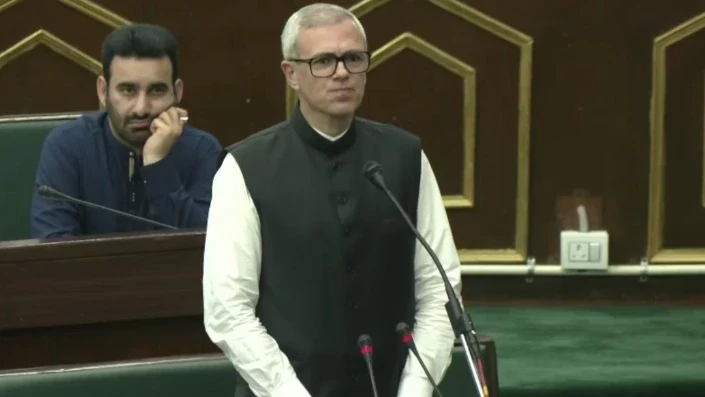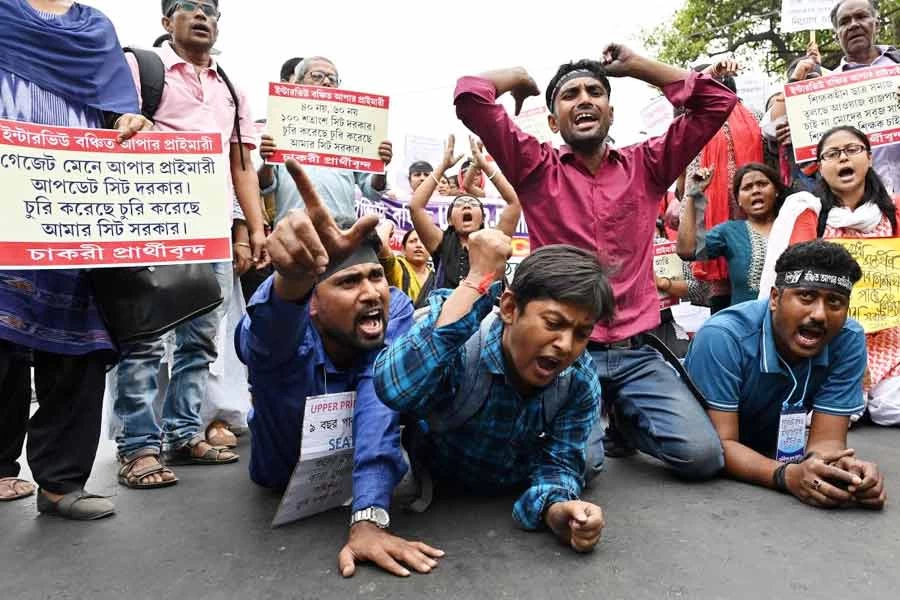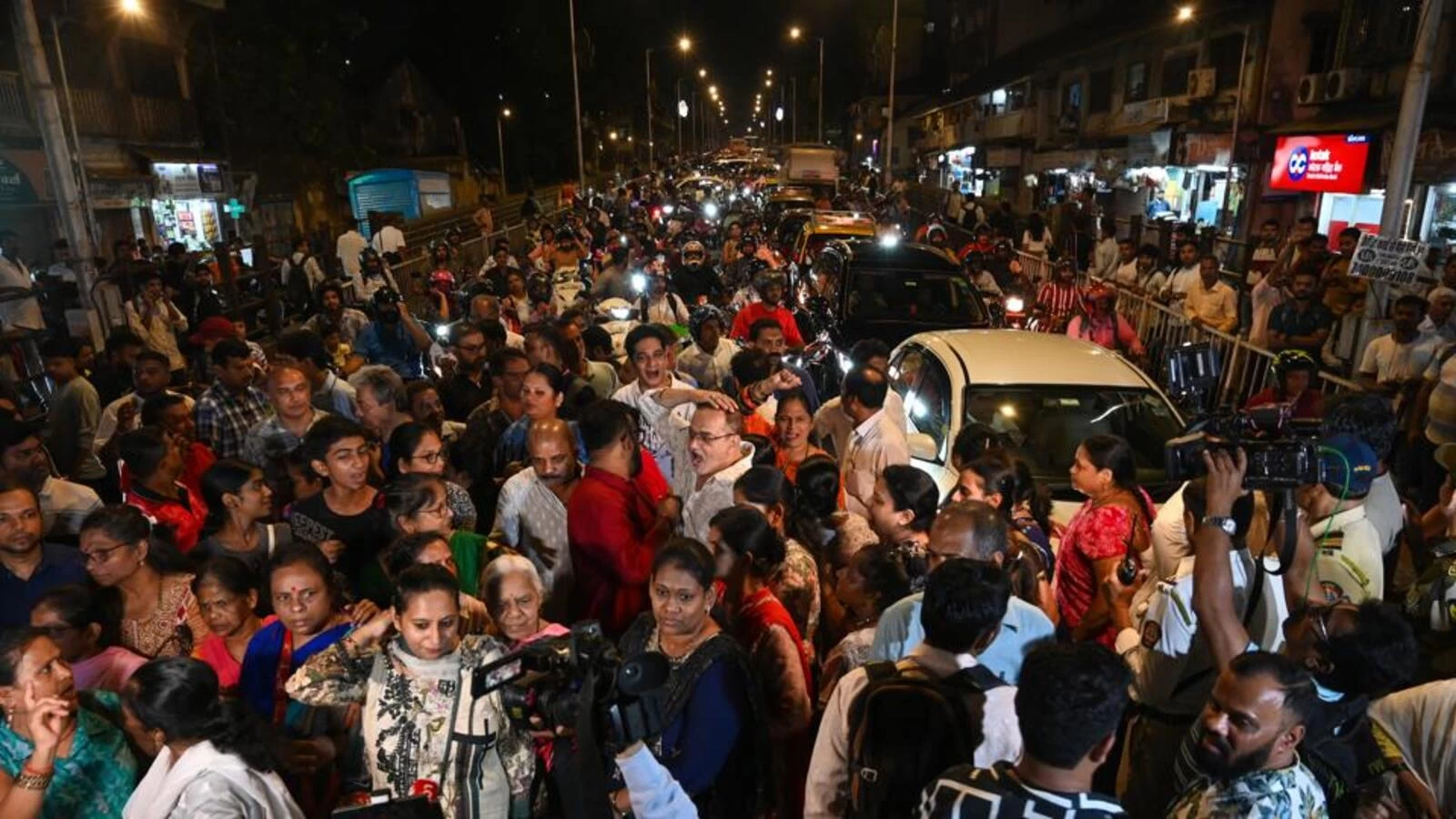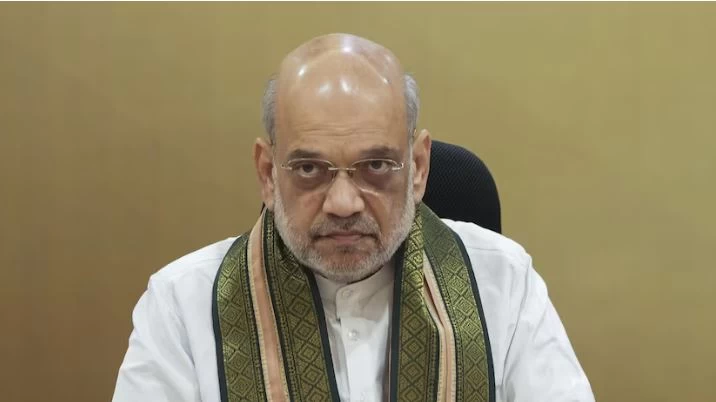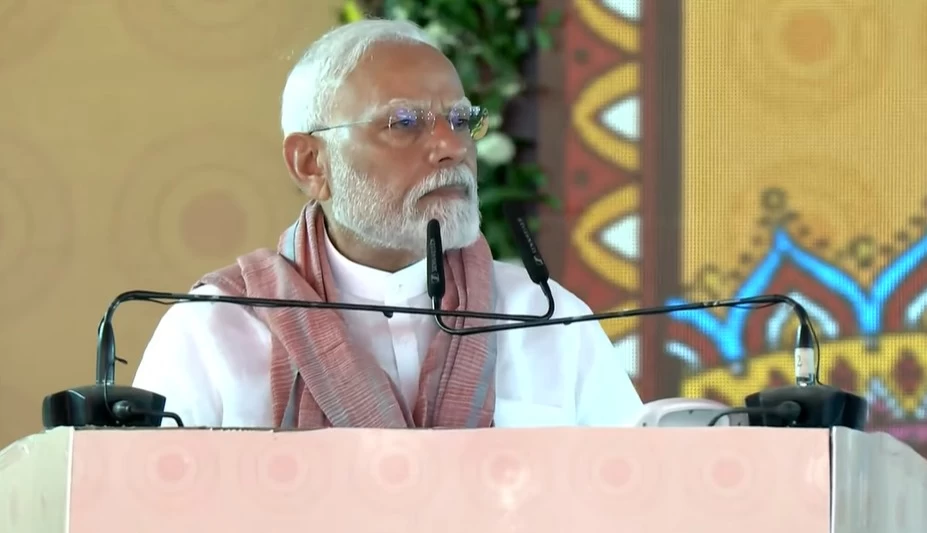Latest Updates
Bangladesh: Vandalism Follows Hasina’s Exit

In the wake of Sheikh Hasina’s resignation and departure from Bangladesh, her official residence in Dhaka, known as Ganabhaban, was subject to extensive vandalism and looting on Monday. The massive crowd in the aftermath of Hasina’s exit, fueled by the unrest, stormed the building, resulting in significant damage and theft.
In pictures and videos that went viral on social media, the mob that had gathered to celebrate Hasina’s resignation, were seen removing televisions, furniture, and other valuables from the residence. People were seen parading personal items sarees and inner garments believed to be Shiekh Hasina’s through the streets. Some protesters were captured with items from Ganabhaban, including livestock, fish, and even a German Shepherd puppy.
People stormed in to her residence following Hasina’s resignation, which came after a surge in protests that began last month. These demonstrations initially focused on demands to abolish a controversial government job quota system but soon expanded into broader anti-government protests. The unrest reached a climax on August 4, with nearly 100 people killed in clashes.
In events that followed, protesters defaced statues of Bangladesh’s founder, Sheikh Mujibur Rahman, and set fire to offices of Hasina's Awami League party. The ransacking of Ganabhaban included not only looting but also acts of vandalism, with some individuals seen feasting on food items from the residence's kitchens. The turmoil also saw protesters attacking various properties linked to Hasina and her party. The military has since announced plans to form an interim government.
The unrest has been marked by intense and often brutal confrontations between protesters and government supporters. On the day of Hasina’s resignation, at least 56 more lives were claimed by the violence, adding to the previous day's toll of 94 deaths. As the situation continues to unfold, Bangladesh remains in a state of upheaval, with protests reflecting widespread discontent and a dramatic end to Hasina’s 15-year rule.





